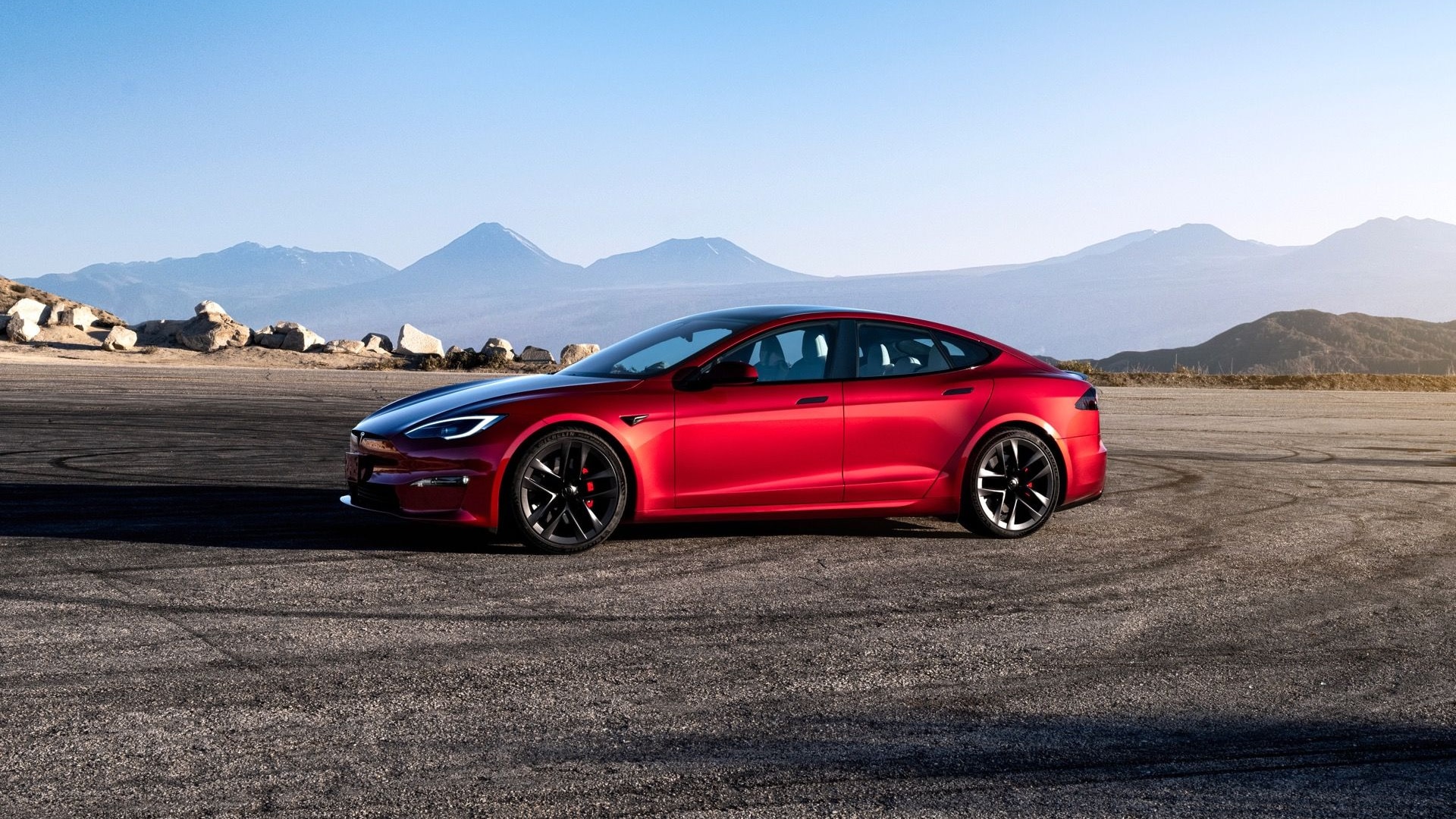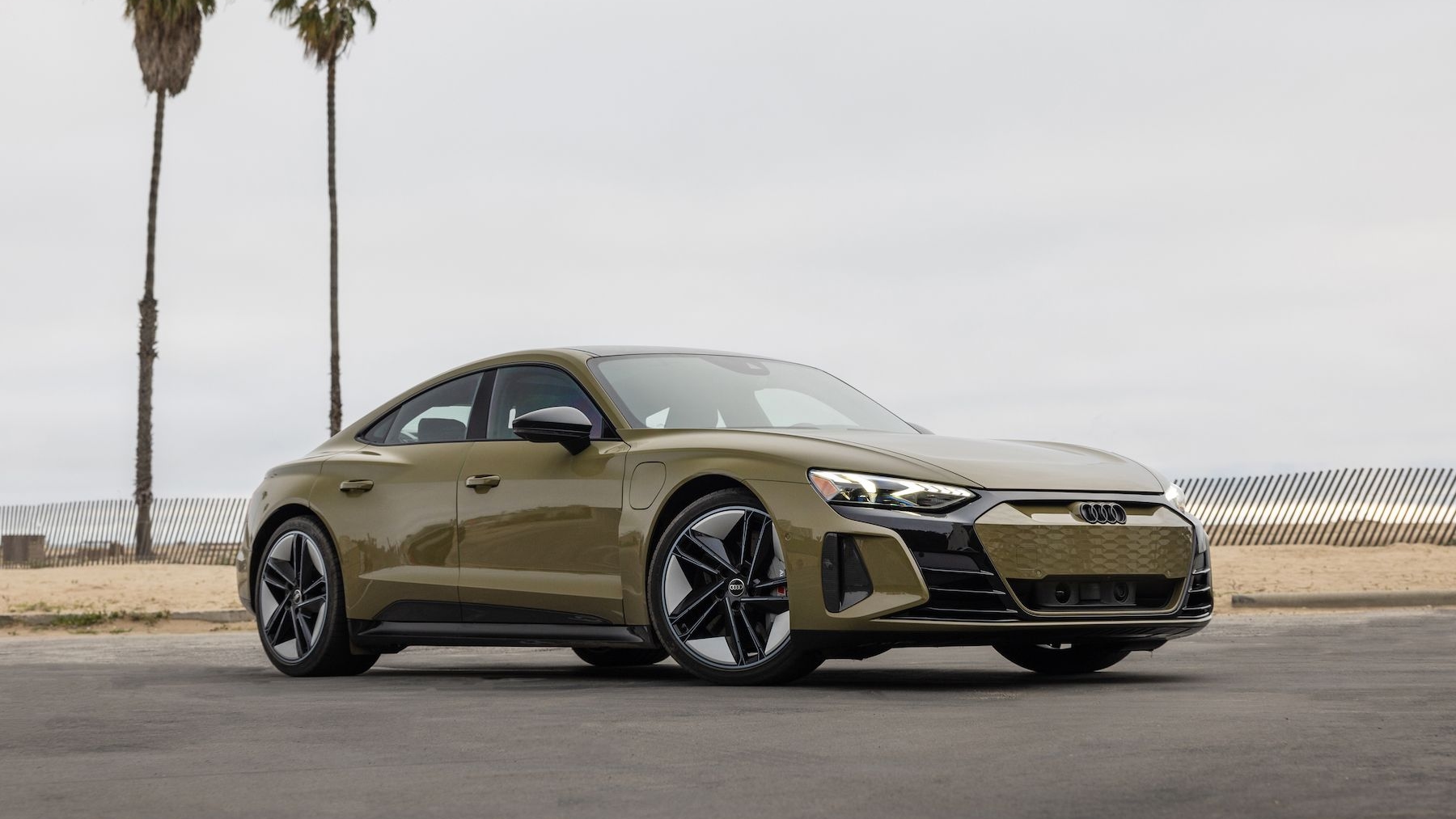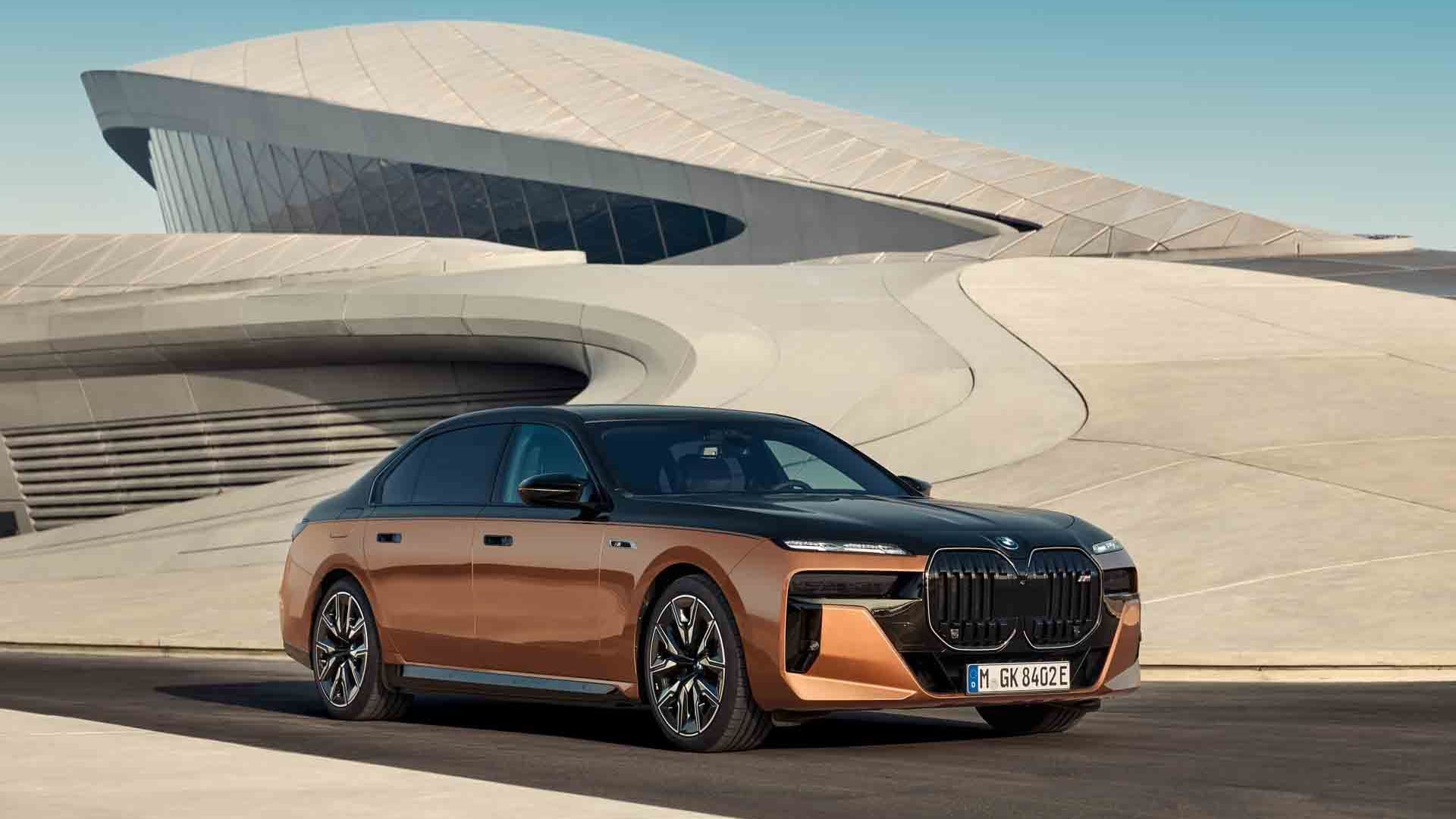What might be less obvious are some of the in-car gadgets found in many modern cars. Satellite navigation systems, touch-screen climate control systems and complicated in-car audio systems can all result in drivers spending a little too much time with their eyes and minds off the road.
Automakers have been working with the National Highway Traffic Safety Administration (NHTSA) to draft guidelines to reduce these distractions. Members of the Alliance of Automobile Manufacturers (AAM) agree to follow their own procedures for information and communication systems to reduce distraction. 15 other manufacturers represented by the Association of International Automobile Manufacturers make their own decisions on reducing distraction from in-car tech.
Of the 7,000 crashes studied by the NHTSA last year, simply talking to passengers was the leading distraction responsible. However, conversation only involves "cognitive" distraction, but interacting with gadgets adds manual and visual distraction to that list, as you take your eyes off the road and reach down to operate controls other than the wheel.
Consumer Reports published findings this month that many current Ford models are "overly complicated and distracting" when operating the touch-screen controls for radio, temperature and navigation. General Motors has also previously been criticized for enabling drivers to update their Facebook or Twitter status while driving.
According to the AAM, drivers should not have to look away for more than two seconds at a time to complete a task, and not have to spend any more than 20 seconds in total. Early variants of BMW's iDrive system were criticized for their complication and later models were developed to make them much more intuitive.
If current systems are distracting the future doesn't bode well, with manufacturers such as Tesla soon to use a 17 inch Nvidia touchscreen display in the upcoming 2012 Tesla Model S sedan, allowing control of all major functions without physical tactile controls. As anyone with experience of touchscreen cell phones will know, it's not easy to operate their functions without looking at the screen. Will Tesla and Nvidia have sorted out these issues?
The first phase of the NHTSA's guidelines are expected this fall.



